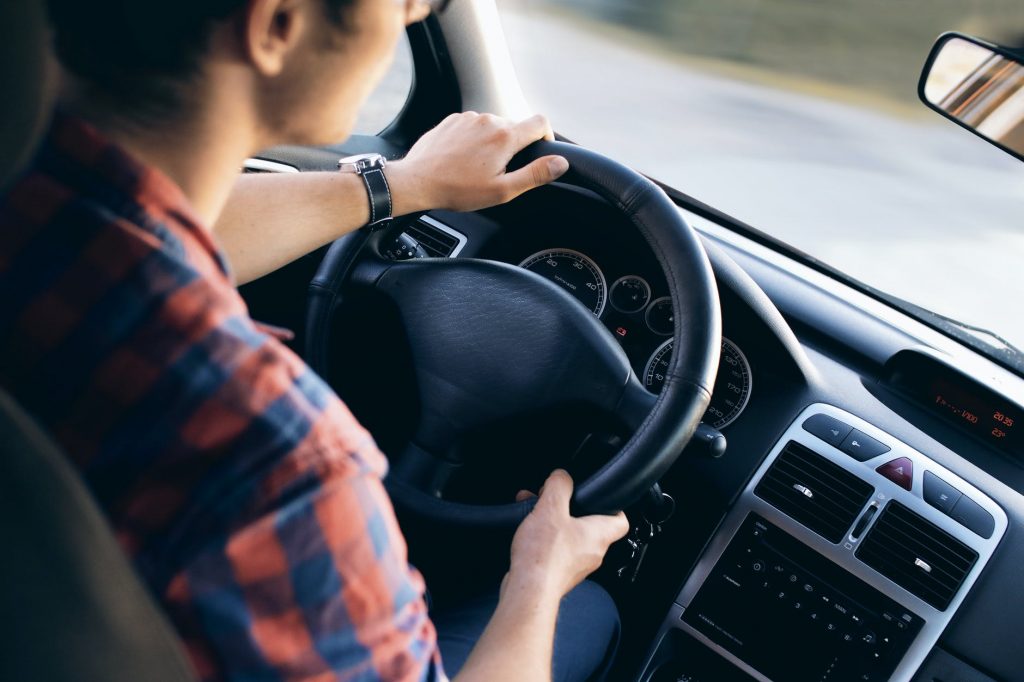
Each and every day, millions of Americans take to the roads, and each and every year, 6 million auto accidents occur on those very same roads. Those accidents lead to 100 daily deaths, on average, and countless injuries, and these statistics make for grim reading.
Even safe, smart, sensible drivers can find themselves involved in accidents. You can stick to the speed limit, stop at stop signs, keep your distance from other vehicles, and still end up in crashes and collisions.
Unfortunately, this is just something that every driver has to accept and acknowledge. Driving can be very dangerous, but there are ways to improve your odds and reduce your risks of ending up in a complicated auto accident and having to contact a lawyer and file an insurance claim. Read on for some useful tips.
Car Maintenance
One of the simplest ways you can reduce your risks of getting involved in a car accident is to keep your car in good condition. Mechanical faults and simple oversights don’t cause that many accidents per year, but they can play a part, and having a well-oiled, fully functioning vehicle might just be the difference-maker if and when an accident happens.
There are plenty of simple car maintenance tasks you can take on yourself, such as checking your headlights and replacing any faulty or failing bulbs, making sure that your brakes are functioning correctly, keeping fluid levels topped up, monitoring your windscreen wipers, and keeping tire pressure at the correct levels too.
Minimizing Distractions
Another useful tip to keep in mind when it comes to staying safe on the roads is to avoid distractions at all costs. Statistics show that distracted drivers are involved in thousands of fatal accidents every single year, and in this day and age, it’s so easy to let yourself get distracted by looking at your phone, trying to eat or drink while driving, or getting into debates and discussions with your passengers.
Do all you can to keep distractions to a minimum. This means not looking at your phone or using it in any way while you drive, always pulling over if you need to eat or drink or make a call, trying to keep conversation with your passengers light and relaxed, taking breaks if you feel tired or start to lose focus, and so on.
Dealing with Road Rage
There are a lot of bad drivers out there, and if you’re someone who follows the rules and tries to drive sensibly and safely, it can be very frustrating and even enraging to see other road users switching lanes without using their signals, breaking speed limits, failing to stop at stop signs, parking incorrectly, and so on.
However, road rage is another leading factor in causing a lot of accidents on the roads every single year, and it’s essential to try and avoid it. If you let yourself get angry, your reactions and decision-making abilities can become impaired as you start to focus purely on the driver who annoyed you and fail to notice other hazards and dangers on the road ahead.
Defensive Driving
The term ‘defensive driving’ covers a wide range of driving skills and techniques that one can use to essentially defend themselves on the road and reduce their risk of ending up in an accident. You learn a lot of these techniques while learning to drive, such as keeping your distance from other vehicles and using your mirrors and signals whenever you make turns or change lanes.
You might also pick up some of these defensive driving skills over the years as you become a more experienced driver, such as being able to identify dangerous road users from their behavior and actions or knowing which days of the year or parts of your local area should be avoided due to difficult road conditions or heavy traffic. You can take defensive driving classes to refresh your skills or learn new techniques too.
Final Word
With so many car accidents occurring every day, you can’t simply assume that you’re safe, just because you drive sensibly and follow the rules. Unfortunately, it doesn’t always work that way, and even the safest of drivers can be harmed by reckless and negligent road users. However, by following these tips and having a smart, sensible, practical approach every time you take a seat behind the wheel and head out on the road, you can give yourself the best chance of staying safe.
